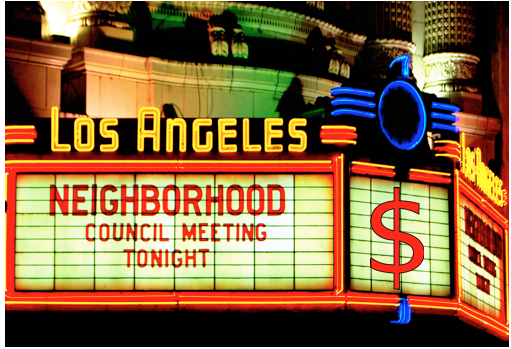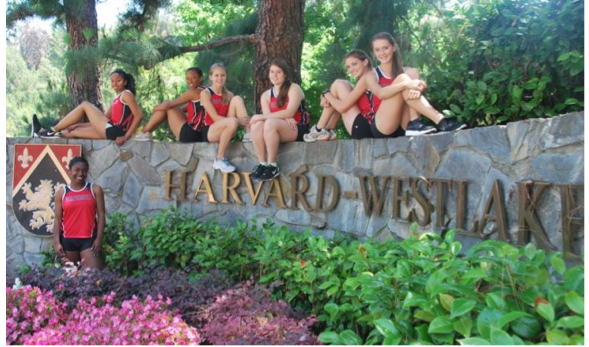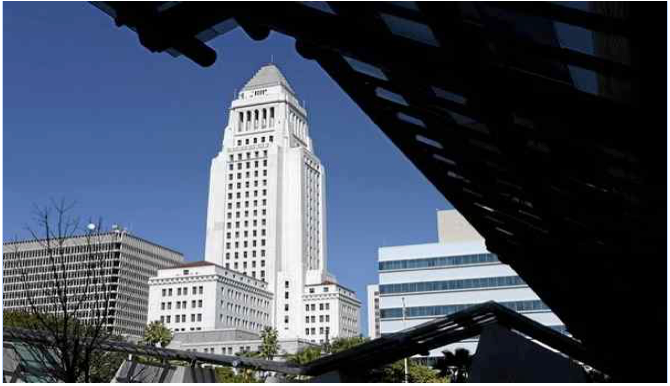Trumps California Henchmen: Golden State Business Enablers
CAPITAL & MAIN SPECIAL REPORT--Last August, on a scorching afternoon that saw temperatures reach 115 degrees, a small but noisy group of protesters gathered in front of an ARCO gas station in Mecca, an impoverished, unincorporated community 40 miles southeast of Palm Springs. It was an unusual setting for a demonstration: Miles from the nearest city and along a desolate stretch of highway, where the only crowds are typically farm workers and Border Patrol agents gathered during the morning rush at a nearby Starbucks. (Photo above: Elon Musk, center)




































